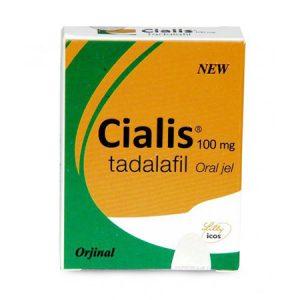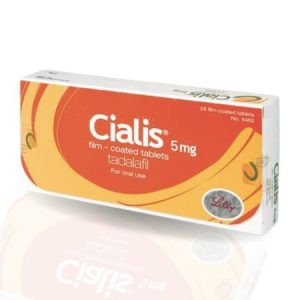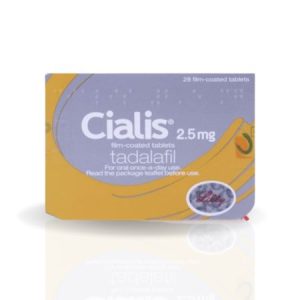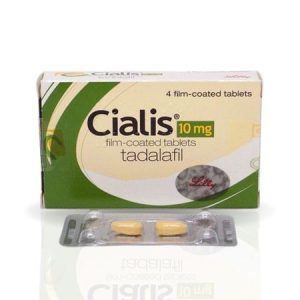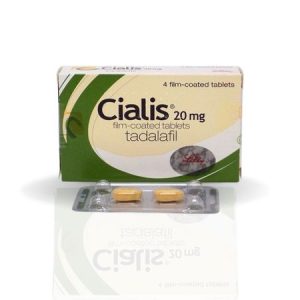OC459 is a low dose, once-a-day drug with an excellent safety profile demonstrated in over 800 subjects
CRTH2 receptor and its role in allergy
Company Overview
Atopix Therapeutics Limited is a clinical cialis stage biotechnology company developing novel treatments for Th2-mediated eosinophilic asthma.
The company is developing a novel class of oral anti-Th2 therapies, called CRTH2 antagonists.
Our lead candidate, OC459, is currently being studied in a Phase 2 proof-of-concept study to evaluate the effect of OC459 in patients with severe asthma who have persistent airway eosinophilia, despite treatment with high doses of inhaled corticosteroids;
and a Phase 2a study of the response of asthmatics treated with OC459 to rhinovirus infection (common cold);
and a Phase 3 clinical trial of patients with moderate persistent eosinophilic asthma in Russia.
Our second cadidate, ATX2417, is undergoing a Phase 1 human safety study.
The company’s major investors are SR One, Wellington Partners, SV Life Sciences and MPM Capital, and the company has also raised funds from Bessemer Venture Partners and Red Abbey Venture Partners. The company has secured a capital loan from Silicon Valley Bank; won a BioMedical Catalyst grant of £1.7M from Innovate UK to advance its lead asset OC459 through a Phase II study in atopic dermatitis, and helped Imperial College win a £1.3M Biomedical Catalyst award to investigate OC459, the company’s lead product, for the treatment cialis 100mg of asthma triggered by the common cold.
Atopix’s drug programmes target the CRTH2 receptor which plays a pivotal role in the initiation and maintenance of allergic conditions. The company has a pipeline of small molecule drugs, the most advanced of which, OC459, is being assessed in three proof-of-concept clinical trials.
OC459 has demonstrated efficacy in both asthma and allergic rhinoconjunctivitis. Over 800 patients have been dosed to date and the drug has demonstrated an excellent safety profile.
Atopix owns the rights to develop and commercialise CRTH2 antagonists (including the lead molecule OC459) in all indications in all territories except Russia/CIS, where a related company, Oxagen Limited, has retained the rights.
Atopix drug development programmes are managed cialis 5mg by an experienced team with a track-record of progressing drug programmes.
Management Team
Mr Timothy Edwards
Chairman
Tim Edwards joined the Board of Directors of Atopix, and its related company Oxagen, as Chairman in March 2013. He is a member of the Governing Board of Innovate UK, the UK’s innovation agency, sponsored the Department of Business, Innovation & Skills; a past Non-Executive Director of the Cell Therapy Catapult, London; and a past Chair of the UK BioIndustry Association and former member of the Dept of Health ‘Ministerial Industry Strategy Group’. Tim is also Chair of Governors of Magdalen College School, Oxford, a day school for pupils aged 7-18 with a co-educational sixth form.
Dr Mick Hunter
Chief Scientific Officer and Director of Development
Dr Mick Hunter has responsibility for drug discovery and development in Atopix. He has over 28 cialis generika 2.5mg years experience in Pharmaceutical and Biotech R&D. He has spent the past 12 years working on the discovery and development of antinflammatory and respiratory drugs. He is also Director of Discovery at Oxagen Ltd. Mick has led Atopix CRTH2 antagonist discovery and development program from concept to Phase IIb.
Dr Roy Pettipher
Director of Research
Dr Roy Pettipher has responsibility for all aspects of inflammation biology and pharmacology for Atopix. He has been Director of Research at Oxagen Ltd for the past 14 years where he initiated the CRTH2 antagonist program. Roy gained 13 years experience in anti-inflammatory drug discovery during his time at Pfizer in the US and, previous to that, at Wellcome in the UK.
Dr Andrew Zambanini
Medical Adviser
Andrew is an accredited specialist in both Clinical Pharmacology and Pharmaceutical Medicine with almost 25 years experience in clinical medicine and the pharmaceutical industry. He has collaborated with companies that span the spectrum of the pharmaceutical industry from small start-ups to mega-pharma.
Research Focus
Atopix is focused on the development of new medicines to treat Th2 mediated eosinophilic asthma.
Allergic disease includes common cialis 10mg conditions such as asthma and associated conditions such as allergic rhinitis.
Th2 lymphocytes and innate lymphoid cells (ILCs) both play a central role in the pathogenesis of eosinophilic disease. These cells respond to allergic and non-allergic stimuli by secreting key cytokines that have a proven role in asthma and related conditions.
Atopix is targeting an important receptor molecule known as CRTH2 present on the surface of Th2 lymphocytes, type 2 ILCs, eosinophils and basophils.
Blocking this receptor interferes with initiation and maintenance of Th2 responses and has been shown to reduce the symptoms of disease. Because this approach is exquisitely specific for the Th2 arm of the immune system, it can achieve this without the risk of widespread immunosuppression that is characteristic of systemic steroids or calcineurin inhibitors (cyclosporines).
Atopix has two lead products, OC459 and ATX2417, both CRTH2 antagonists, supported by cialis 20mg a pipeline of back-up candidates.
CRTH2 Biology
CRTH2 is a G protein coupled receptor. It is of interest as a target for drugs that treat allergic disease for the following reasons:
It is selectively expressed by the key effector cell types mediating allergic responses – Th2 lymphocytes, type 2 innate lymphoid cells (ILCs), basophils and eosinophils
CRTH2 is specifically activated by prostaglandin D2, an abundant lipid product of activated mast cells.
Mast cell dependent activation of Th2 lymphocytes, type 2 ILCs and eosinophils is blocked by CRTH2 antagonists
The prostaglandin D2/CRTH2 pathway is known to be upregulated in severe eosinophilic asthma, and implicated in the pathogenesis of atopic dermatitis

